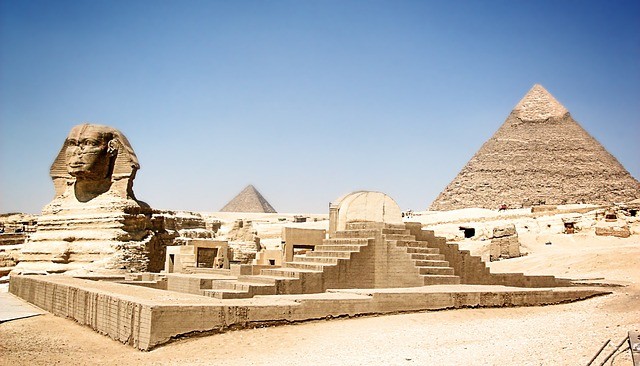Exploring an Egyptian tomb is like stepping back in time and uncovering the secrets of ancient civilizations. These tombs offer insights into the lives, beliefs, and practices of the people who lived thousands of years ago. Here’s a glimpse into the wonders and secrets that Egyptian tombs hold:
1. Preservation of Art and Hieroglyphs:
- Egyptian tombs are adorned with intricate and beautifully detailed artwork and hieroglyphic inscriptions. These images provide a wealth of information about daily life, religious beliefs, social hierarchies, and historical events.
2. Burial Practices:
- Egyptian tombs reflect the complex burial practices and rituals of ancient Egypt. The layout of the tomb, the positioning of the deceased, and the inclusion of grave goods all offer clues about the religious and cultural beliefs surrounding death and the afterlife.

3. Religious Beliefs and Afterlife:
- Egyptian tombs are closely linked to the concept of the afterlife. The elaborate decorations and inscriptions are intended to ensure the deceased’s safe passage to the afterlife and provide them with the necessities for their journey.
4. Different Types of Tombs:
- The ancient Egyptians built various types of tombs, ranging from simple pit graves to grand pyramids and rock-cut tombs. The type of tomb often depended on the individual’s status, wealth, and social position.
5. Tombs of Pharaohs and Nobles:
- The tombs of pharaohs, such as the Valley of the Kings and the Great Pyramid of Giza, are among the most famous and well-preserved in Egypt. They often include complex passages, chambers, and traps to protect the remains and treasures of the deceased.
6. Tombs of Commoners:
- Tombs of commoners provide insights into the lives of everyday people in ancient Egypt. These tombs are often simpler in design and may include scenes of daily activities, agricultural practices, and family life.
7. Archaeological Discoveries:
- Egyptian tombs continue to reveal new secrets and insights as archaeologists make discoveries through careful excavation and analysis. Each new find contributes to our understanding of ancient Egyptian culture and history.
8. Conservation and Preservation:
- The preservation of Egyptian tombs is a delicate process due to the effects of time, weather, and tourism. Efforts are made to protect and conserve these precious historical sites for future generations.
9. Tourism and Education:
- Many Egyptian tombs are open to the public, allowing visitors to experience the marvels of ancient Egypt firsthand. Tourism also plays a role in funding conservation and research efforts.
Egyptian tombs are windows into a world that existed thousands of years ago, offering us a unique opportunity to connect with the past and gain a deeper understanding of the rich and complex history of ancient Egypt.











